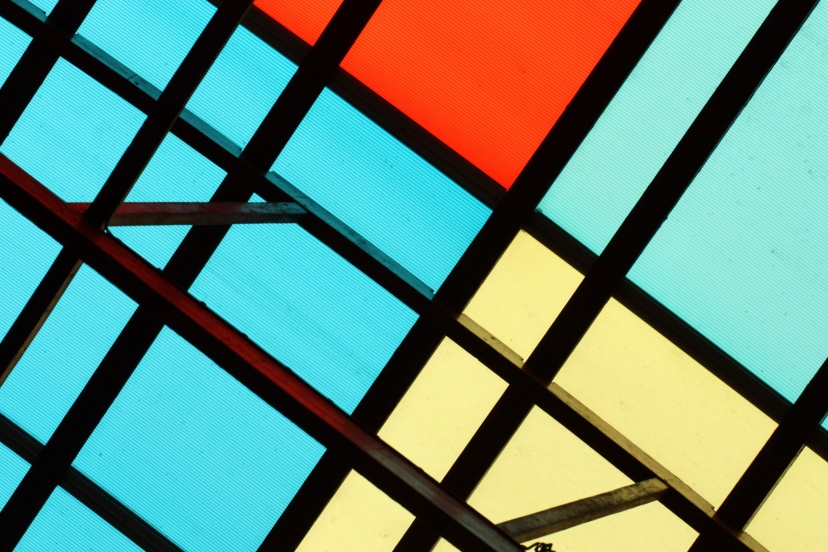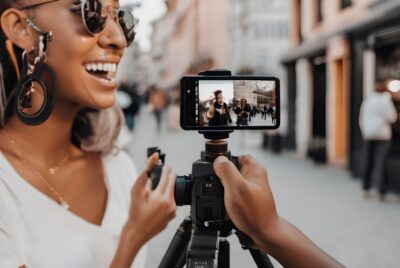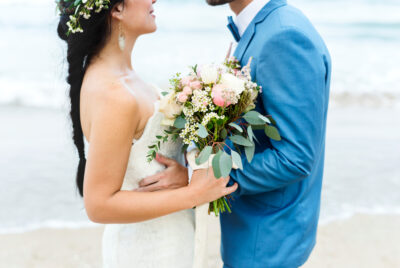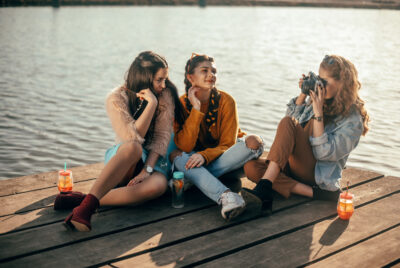Contrasting Photography: Unleashing the Power of Visual Depth
Contrasting photography is an art form that breathes life into still images. It’s about capturing the essence of contrast – the interplay between light and shadow, colors, textures, and subjects. In this article, we’ll embark on a journey to explore the captivating world of contrasting photography and uncover the secrets behind creating striking visual narratives.
Understanding Contrasting Photography
Contrasting photography revolves around the concept of contrast, which is essentially the difference between two elements in an image. These differences can be in terms of brightness, color, texture, or even mood. When harnessed effectively, contrast can add depth, drama, and emotion to your photographs.
Contrast can be achieved in numerous ways. It’s not limited to stark differences between black and white; it can manifest in the juxtaposition of warm and cool colors, smooth and rough textures, or soft and harsh lighting. Understanding these nuances is crucial to becoming proficient.
Techniques for Achieving Contrast
Contrasting photography demands a keen eye for detail and an understanding of the fundamental techniques. Some of the techniques you’ll explore include:
1. Lighting Contrasts: Discover how to use natural and artificial lighting to create compelling contrasts. Experiment with backlighting, side lighting, and low-key and high-key setups.
2. Color Contrasts: Learn how color theory plays a pivotal role in contrasting photography. Explore complementary and analogous color schemes.
3. Texture Contrasts: Dive into the world of textures – from smooth to rough, shiny to matte. Explore how different textures interact in your compositions.
4. Tonal Contrasts: Delve into the realm of tonal values, from deep shadows to bright highlights. Master the art of tonal control for impactful images.
Types of Contrasts
Contrasts in photography are not one-size-fits-all. There are various types of contrasts, including:
1. Tonal Contrast: This involves variations in brightness and darkness in your image.
2. Color Contrast: Focuses on the interplay of colors, often using complementary or contrasting hues.
3. Texture Contrast: Highlights differences in textures, such as a smooth surface against a rough one.
4. Emotional Contrast: Explores the contrast of emotions or moods within a single frame.
Each type of contrast adds a unique dimension to your photographs.
Choosing the Right Subjects
The subjects you choose can significantly impact the success. Some subjects naturally lend themselves to contrast, while others may require careful consideration. We’ll guide you on selecting subjects that enhance the contrasting elements in your compositions.
Lighting and Contrast
Lighting is the heart and soul of photography, and it plays a pivotal role in contrasting photography. We’ll delve into the intricacies of lighting and how it can be manipulated to create stunning contrasts. From golden hour magic to dramatic low light, you’ll learn to harness the power of light.
Composition and Contrast
Composition is the canvas on which contrast unfolds. Discover how the rule of thirds, leading lines, and framing can be used to amplify contrast within your photographs. We’ll provide practical tips and visual examples to help you compose striking shots.
Post-Processing for Contrast
Even after capturing your images, the journey doesn’t end. Post-processing is a valuable tool for enhancing contrast further. We’ll recommend software and techniques to make your images pop.
Creative Applications
Contrasting photography isn’t limited to a single style or genre. We’ll explore how contrast can be applied creatively in portrait photography, landscapes, still life, and even abstract art. Get ready to expand your horizons and unleash your creativity.
Advantages of Contrasting Photography
Why should you invest time in mastering contrasting photography? We’ll outline the advantages, from creating visually arresting images to standing out in the crowded world of photography. Discover how contrast can take your skills to the next level.
Challenges and How to Overcome Them
Like any art form, contrasting photography comes with its own set of challenges. We’ll address common hurdles and provide solutions, ensuring that you’re well-prepared to tackle any obstacles on your creative journey.
Equipment Recommendations
Do you need high-end gear to excel in contrasting photography? We’ll present a range of equipment options, from budget-friendly choices to premium gear that can elevate your photography.
Inspirational Ideas
Need a creative boost? We’ll share inspirational project ideas that allow you to put your newfound knowledge of contrasting photography into action. Whether you’re a beginner or seasoned pro, these projects will spark your imagination.
Showcasing Your Work
Once you’ve mastered the art of contrasting photography, it’s time to showcase your work. We’ll guide you on displaying your images effectively, whether it’s through prints, exhibitions, or online platforms.
Conclusion
In conclusion, contrasting photography is a dynamic and rewarding aspect of the photographic world. It offers endless opportunities for self-expression and storytelling. By mastering the art of contrast, you can unlock a world of visual depth and emotion in your images. So, pick up your camera, embrace the play of light and shadow, and embark on your contrasting photography journey. The world is your canvas, and contrast is your paintbrush.
FAQs About Contrasting Photography
1. What is the significance of contrast in photography?
Contrast in photography adds depth, drama, and visual interest to your images. It emphasizes differences in brightness, color, texture, or mood, creating compelling visual narratives.
2. Can I achieve contrast in black and white photography?
Absolutely! Black and white photography relies heavily on tonal contrast, making it a powerful medium for exploring contrast in its purest form.
3. What equipment do I need for contrasting photography?
You can start with basic camera gear, but having a lens with a wide aperture and a tripod can enhance your contrasting photography capabilities.
4. How can I overcome challenges in contrasting photography?
Practice and experimentation are key. Don’t be afraid to push your creative boundaries and learn from your mistakes. Joining photography communities and seeking feedback can also help.
5. Are there famous photographers known for their contrasting photography?
Yes, many renowned photographers, such as Ansel Adams, Henri Cartier-Bresson, and Steve McCurry, have used contrast effectively in their iconic images. Studying their work can provide valuable insights and inspiration.
Further reading
Check out our other relevant articles:





Comments are closed.